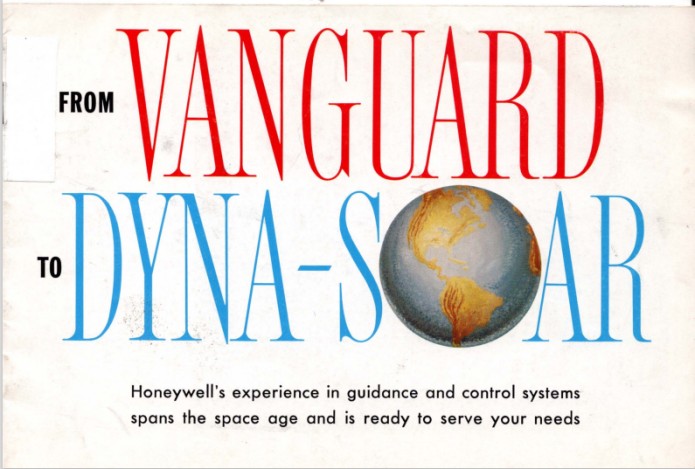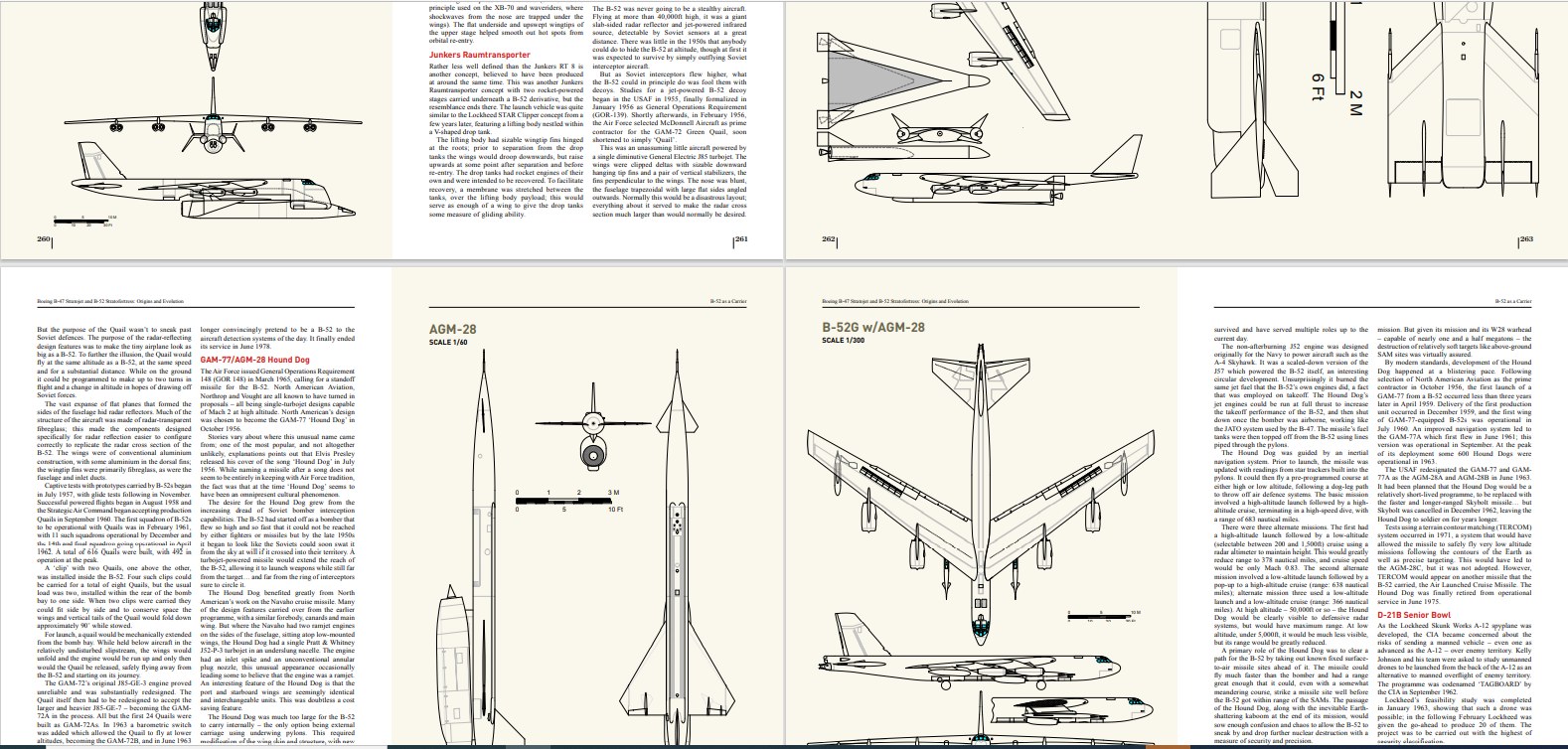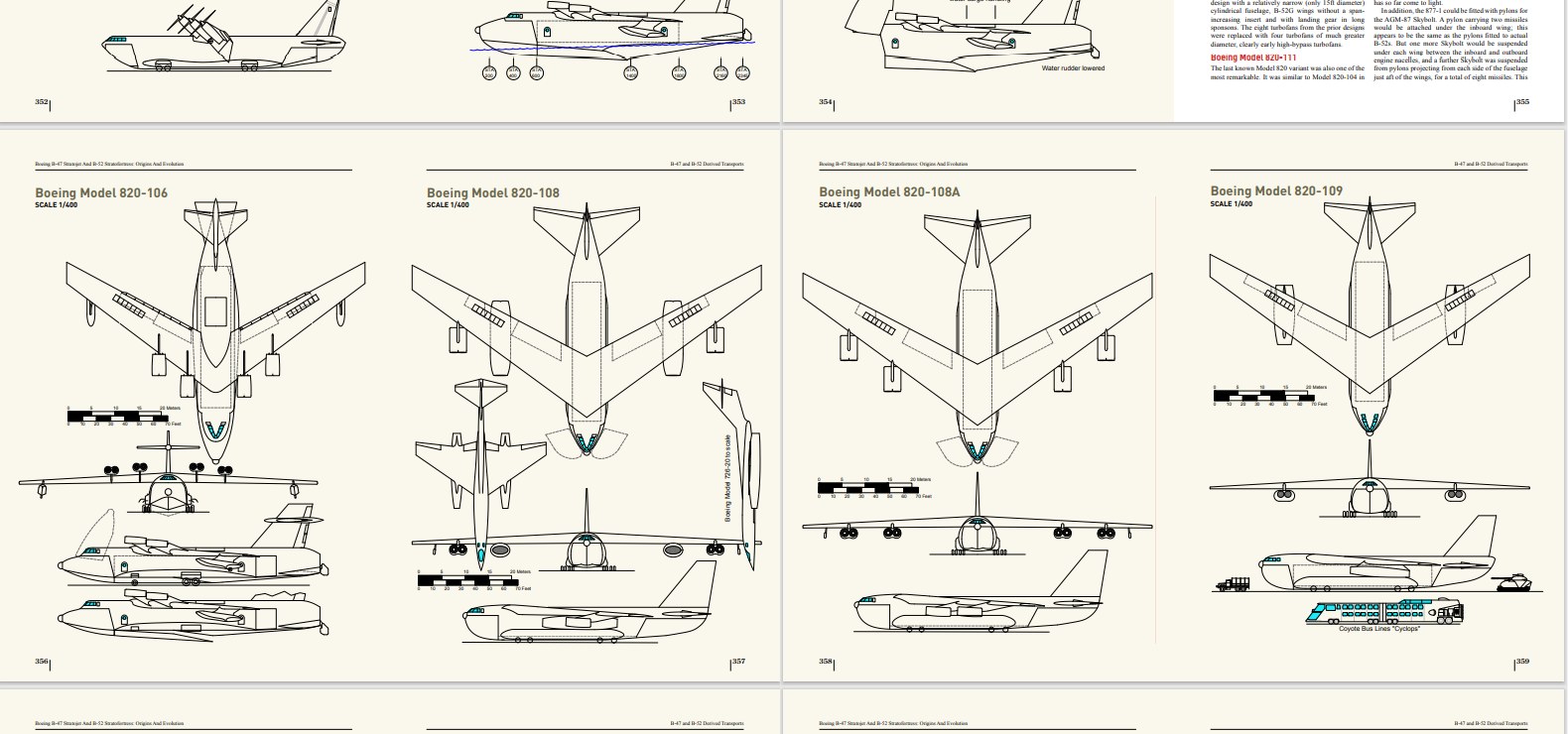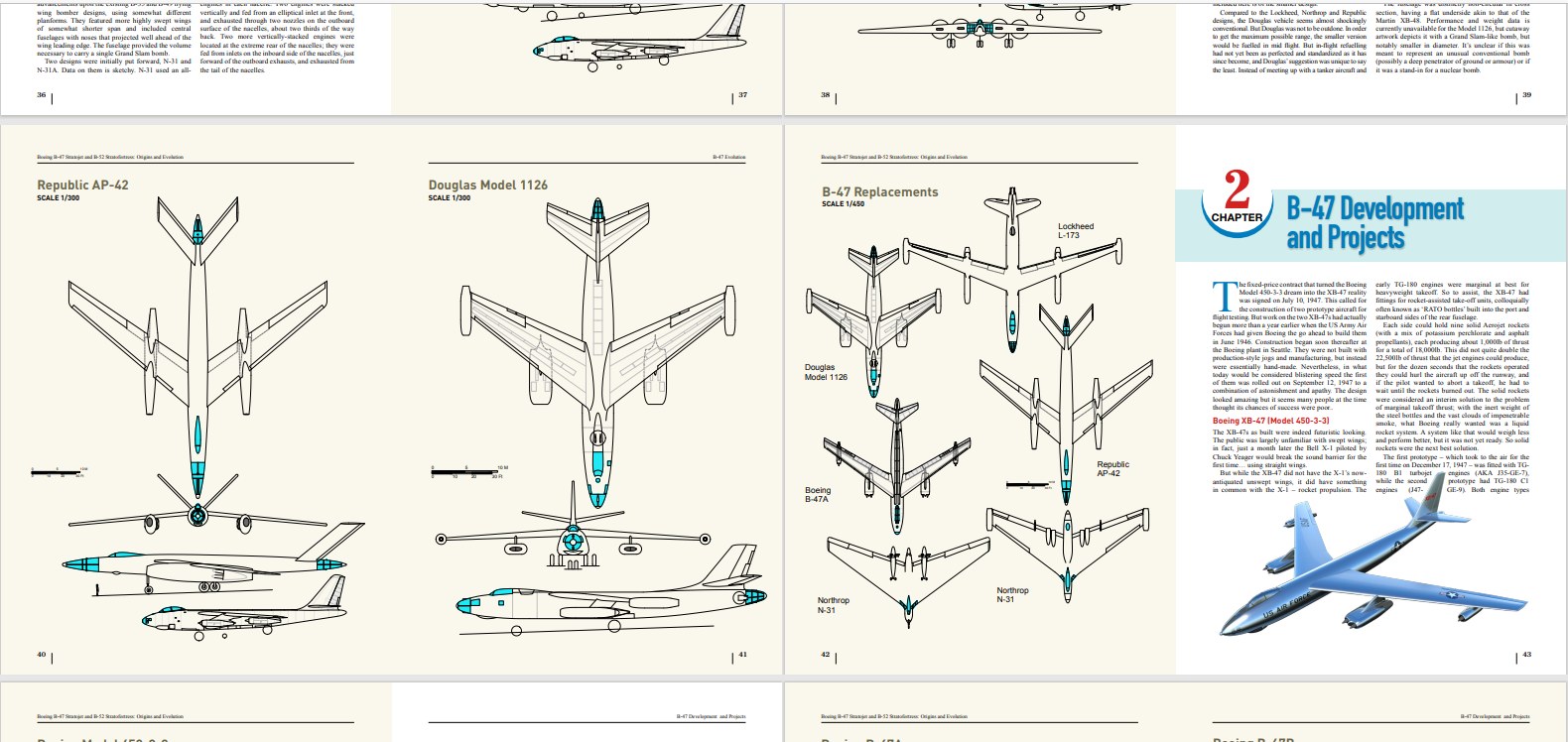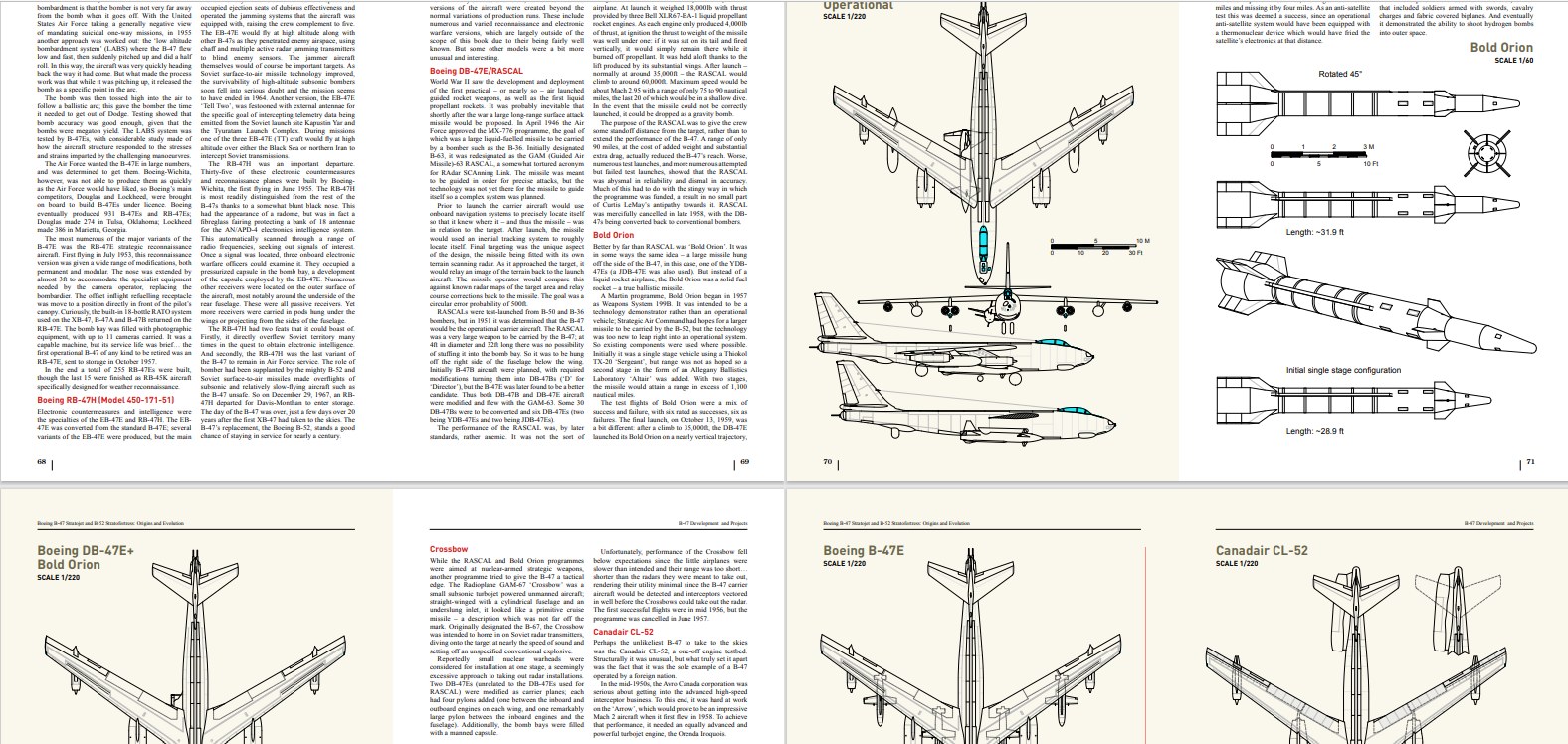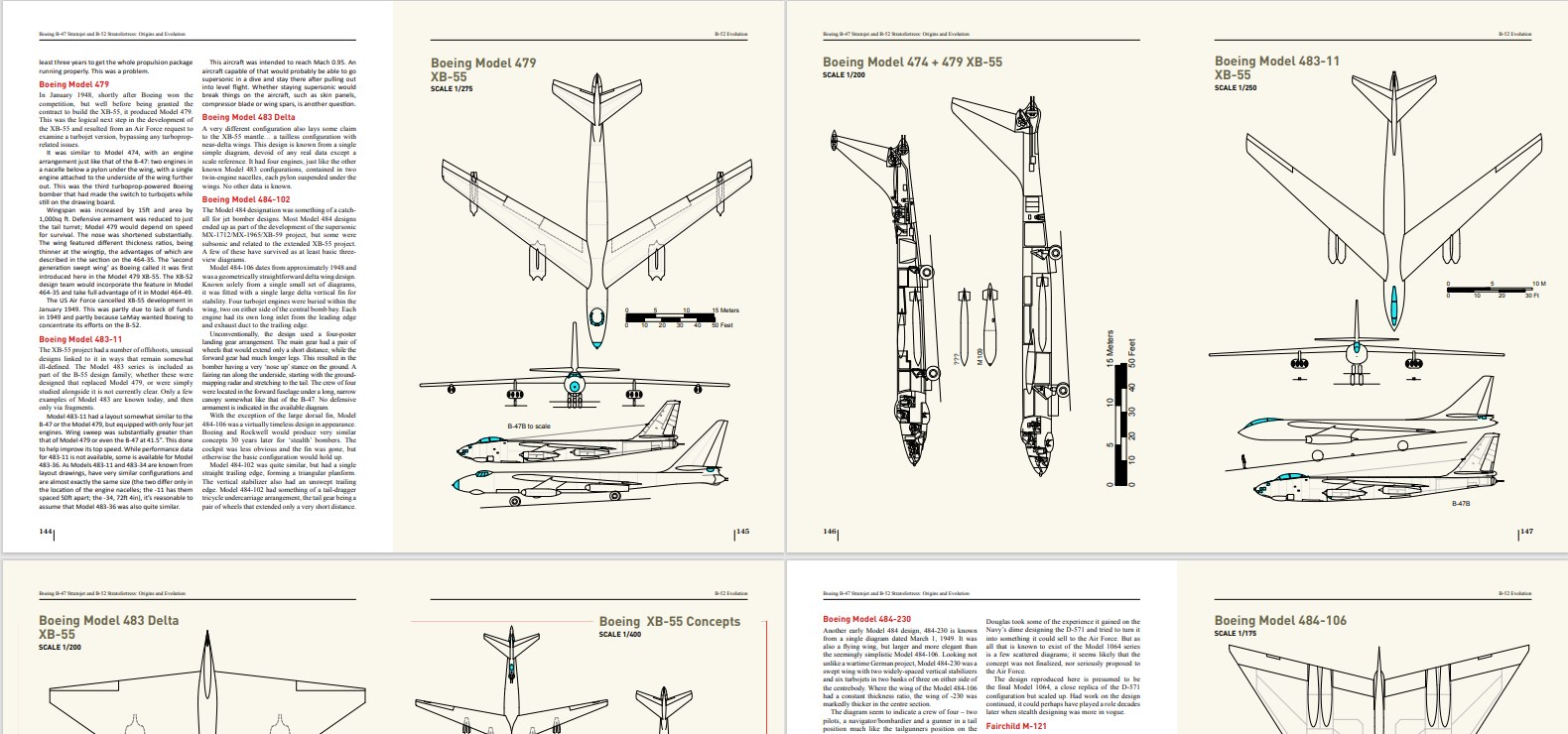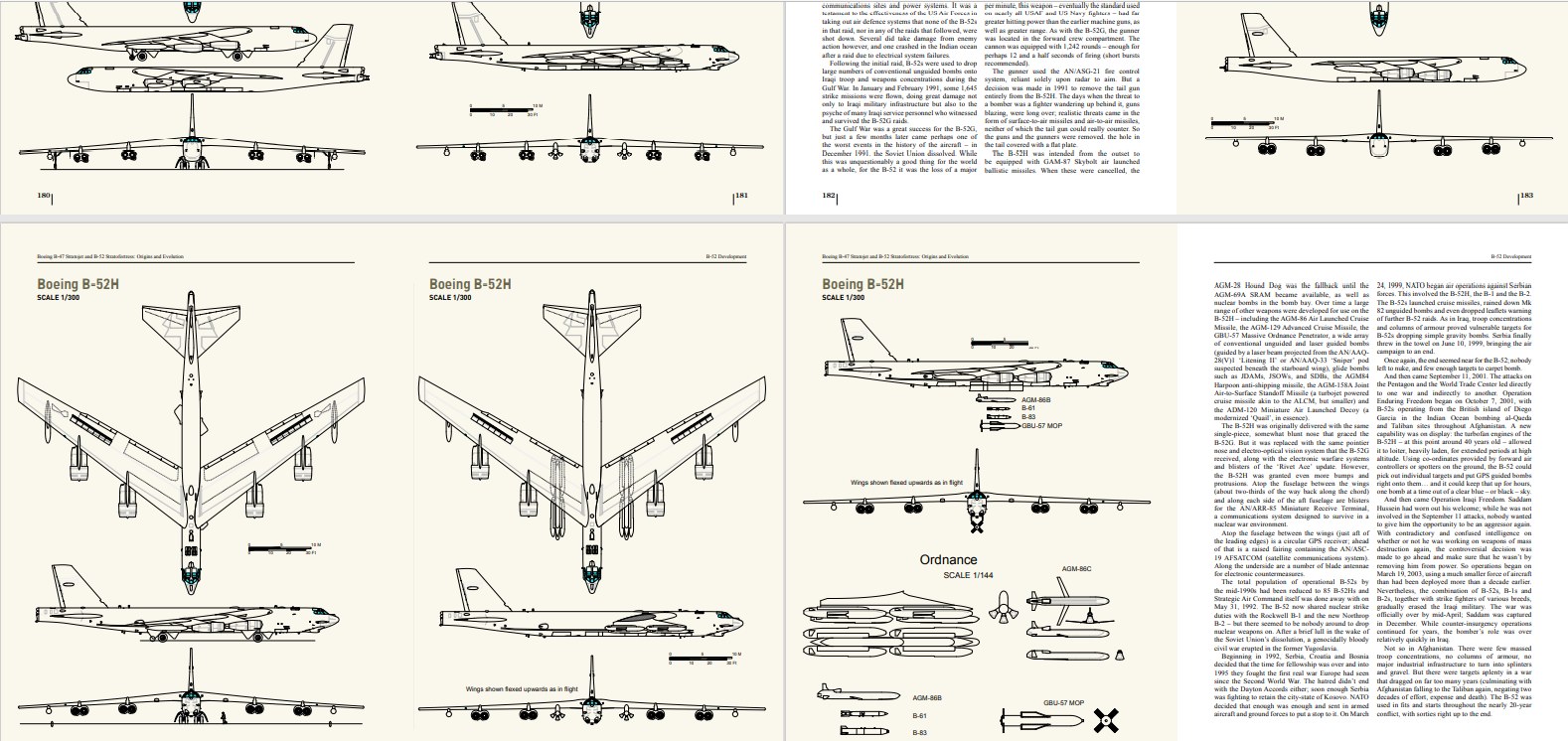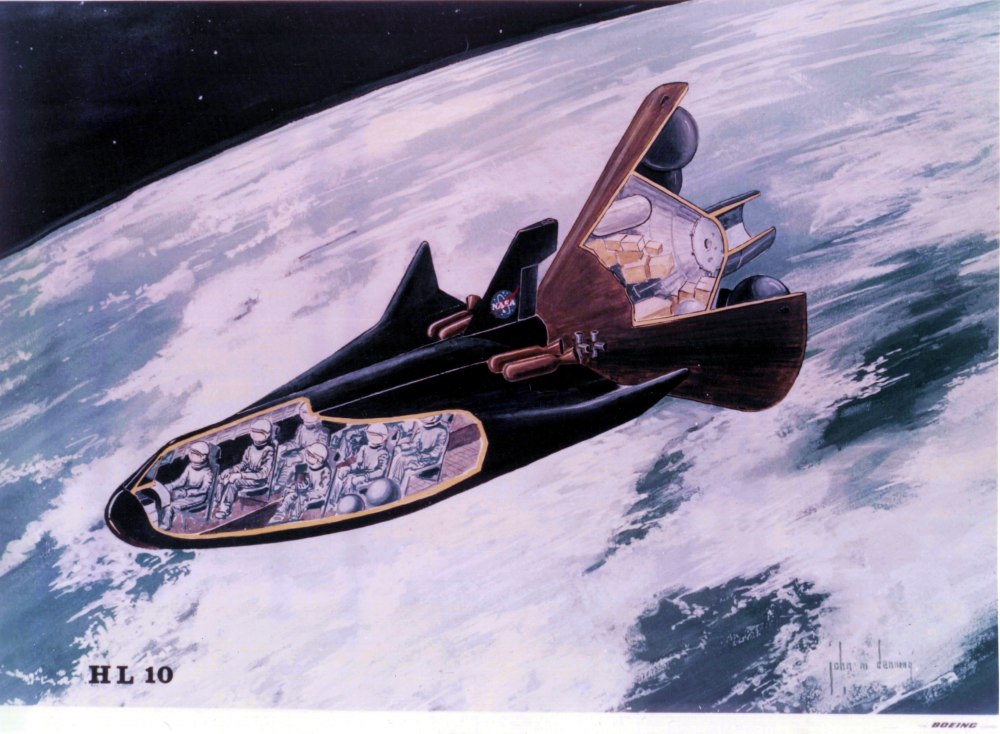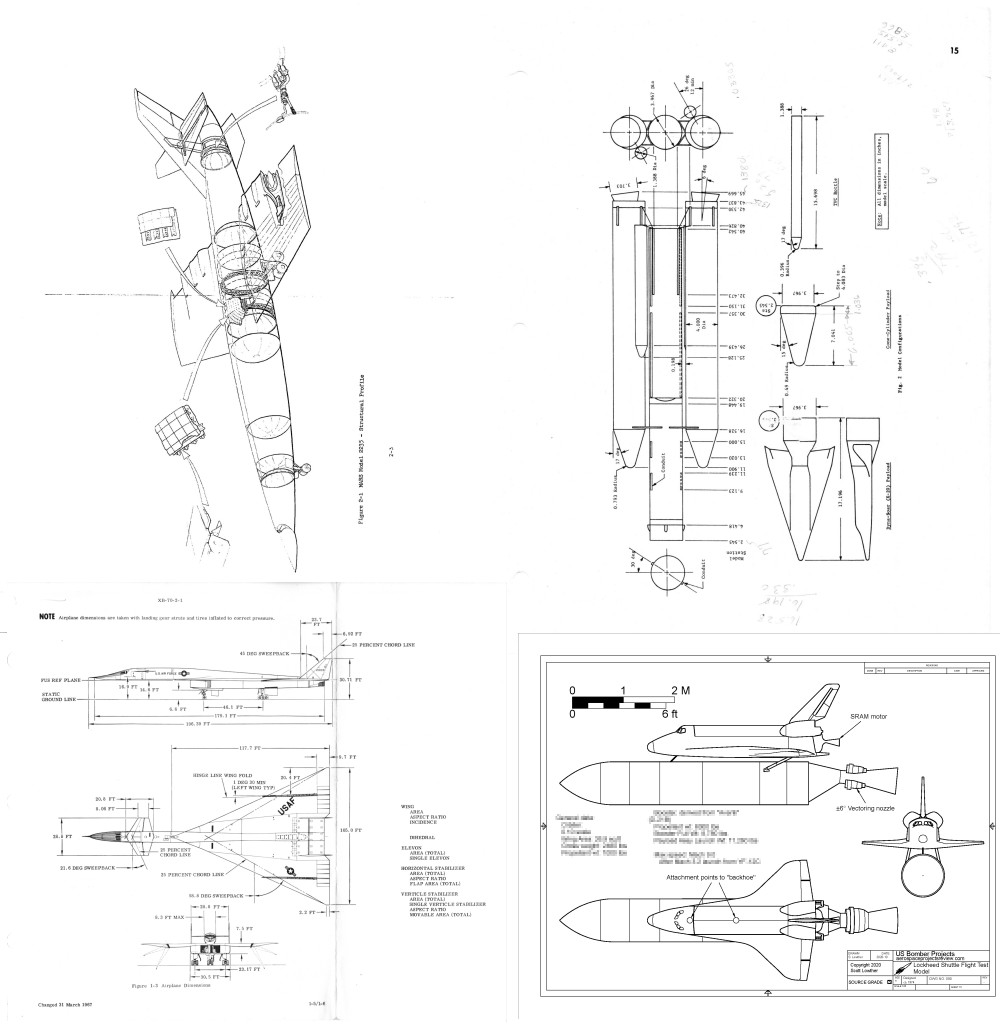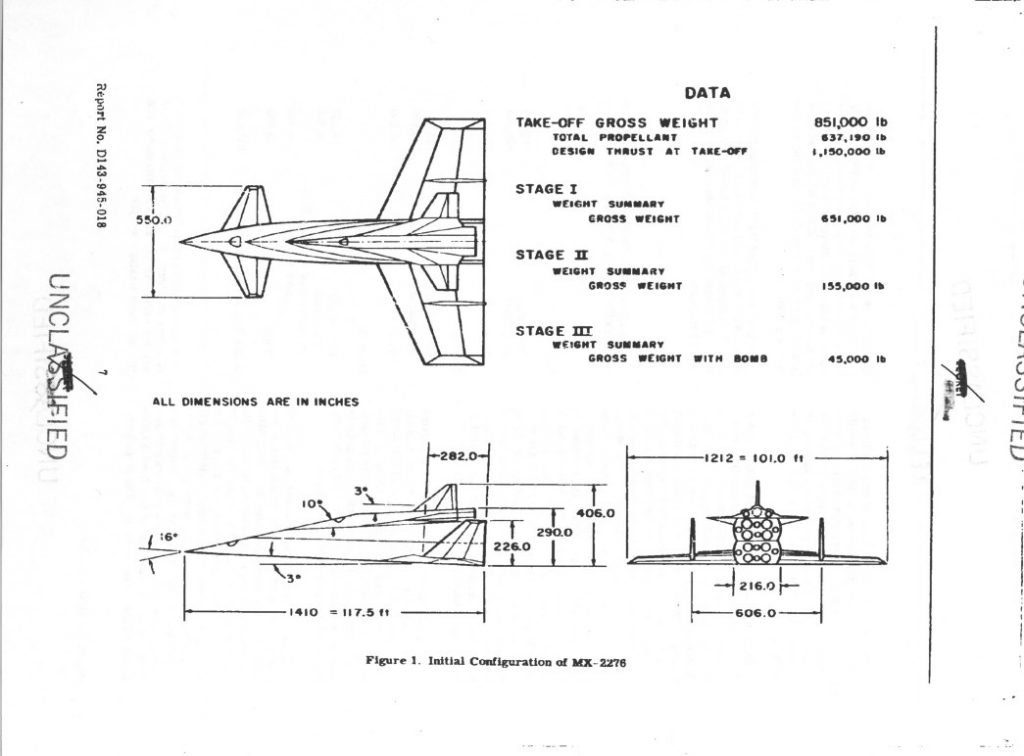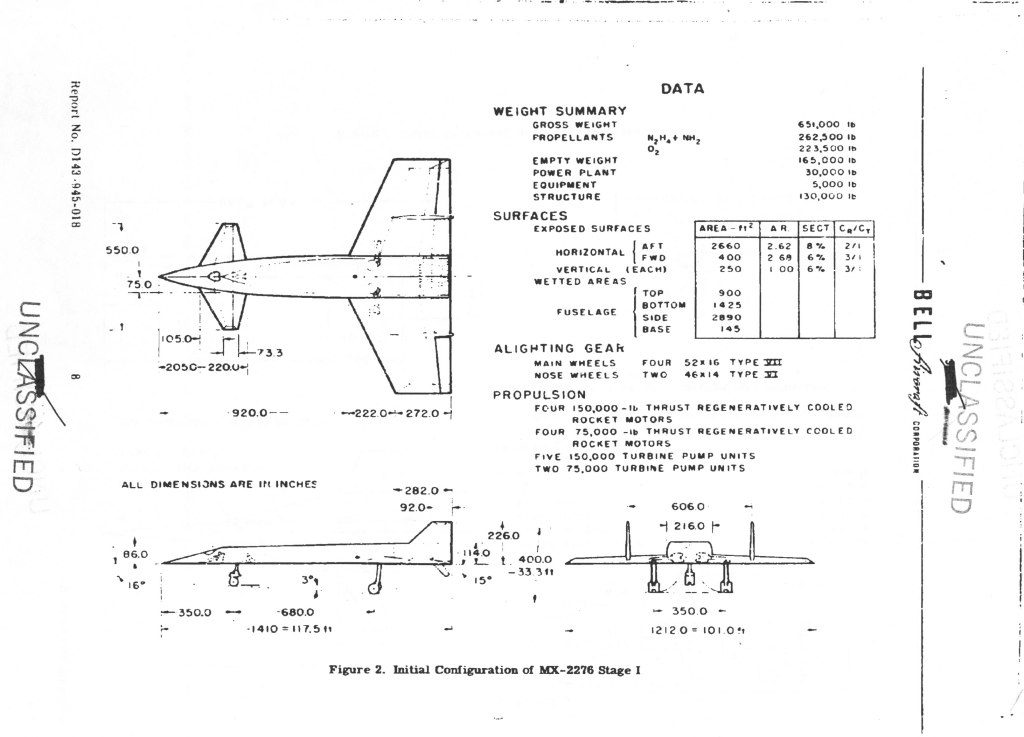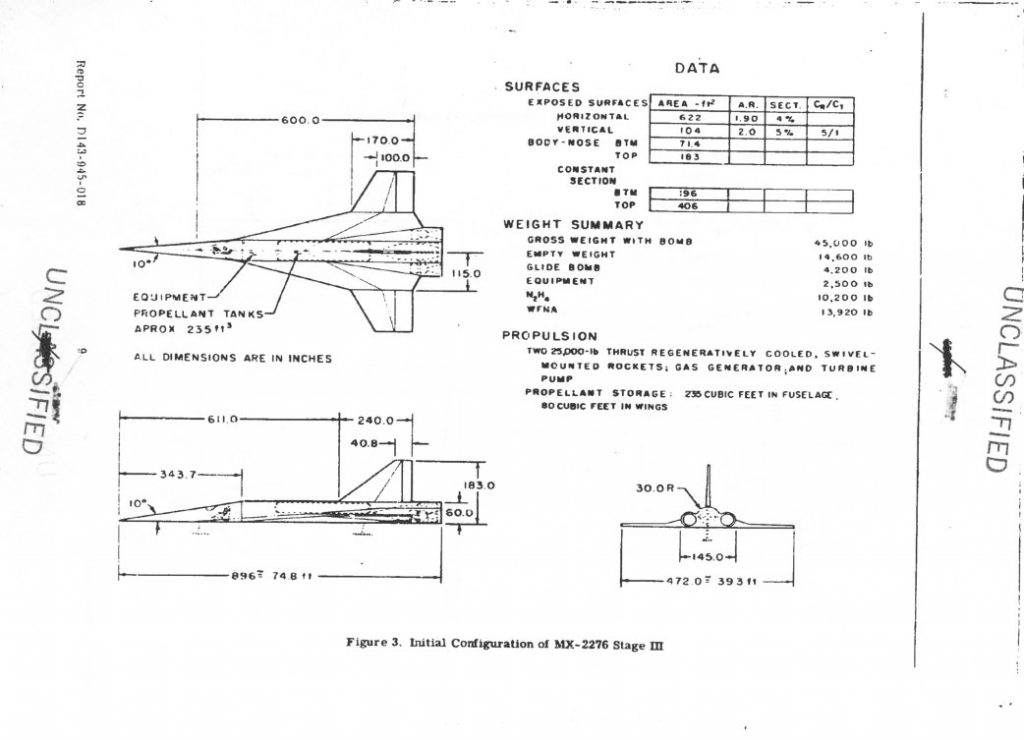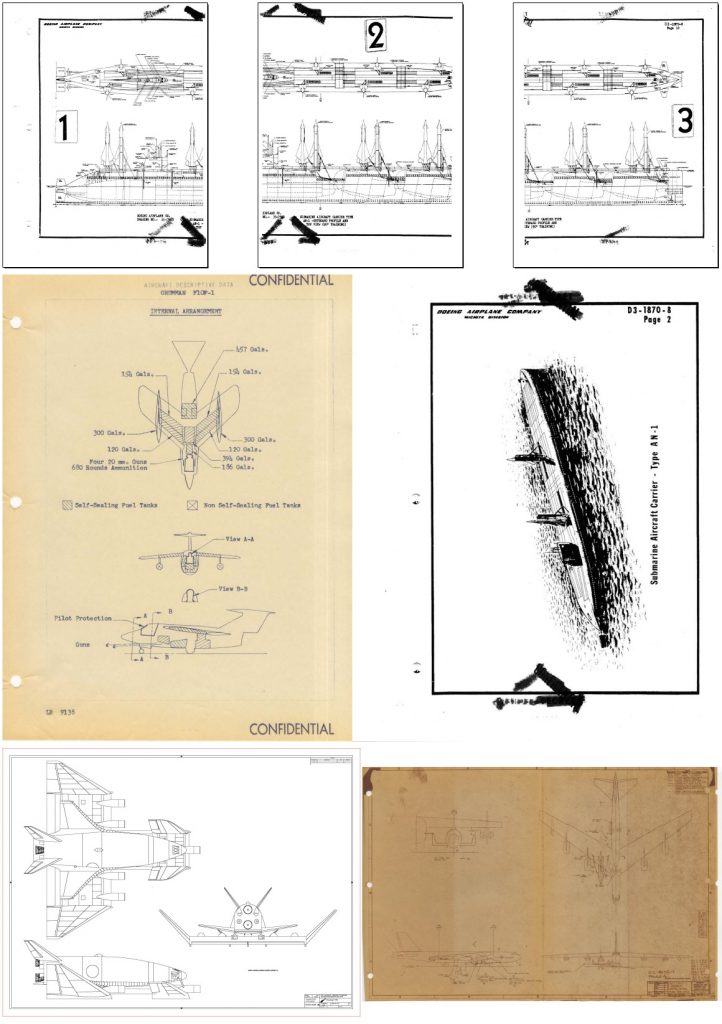I’ve just made available to subscribers and Patrons at the $11 and up level a mid-1961 Honeywell booklet describing the space projects they were involved with at the time.
While not a detailed technical design document, this illustrated bit of PR is nonetheless interesting as it shows the sort of thing that aerospace companies would produce Way Back When in order to inform and enthuse the public. Modern aerospace companies would probably produce this as a web page or a PDF, which just doesn’t have the same impact. Of course, *this* one is being distributed as a PDF, but moving on…
If you would like to help fund the acquisition and preservation of such things, along with getting high quality scans for yourself, please consider signing on either for the APR Patreon or the APR Monthly Historical Documents Program. Back issues are available for purchase by patrons and subscribers.
